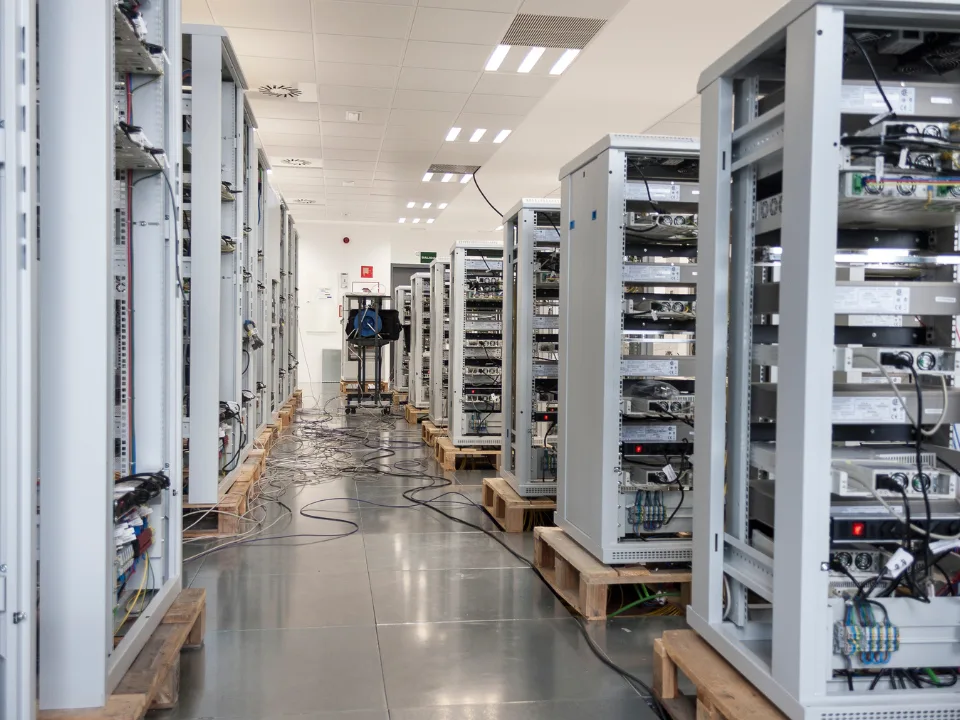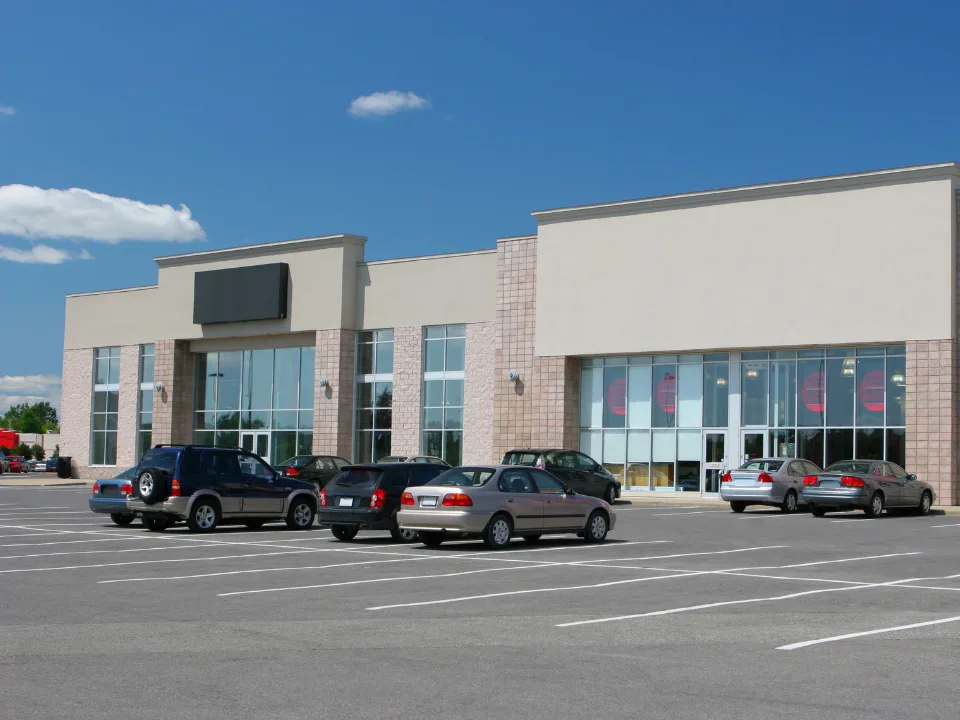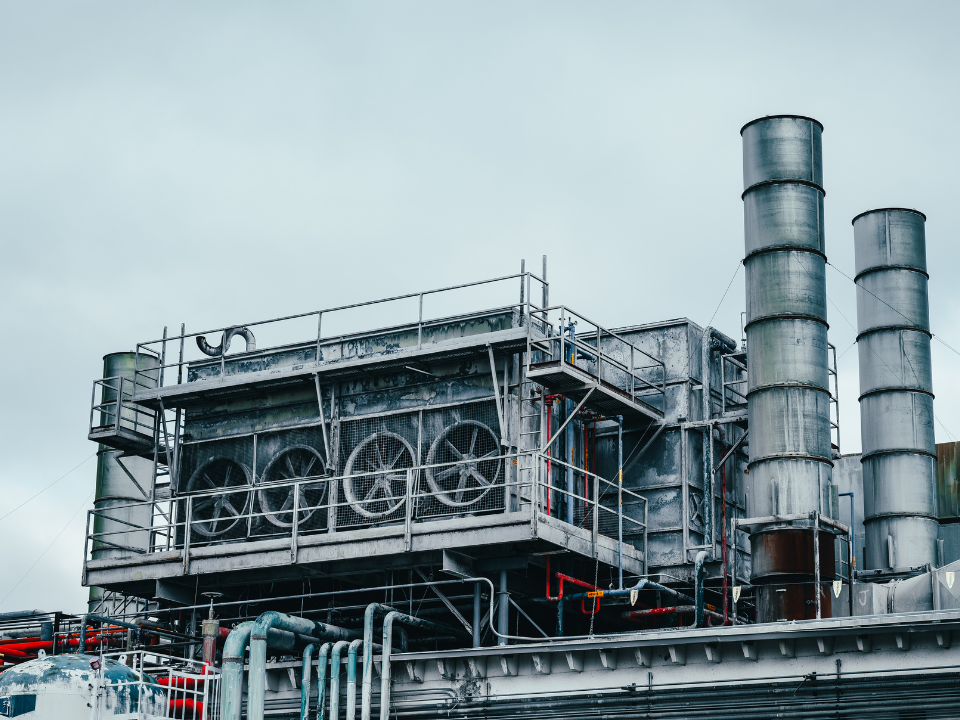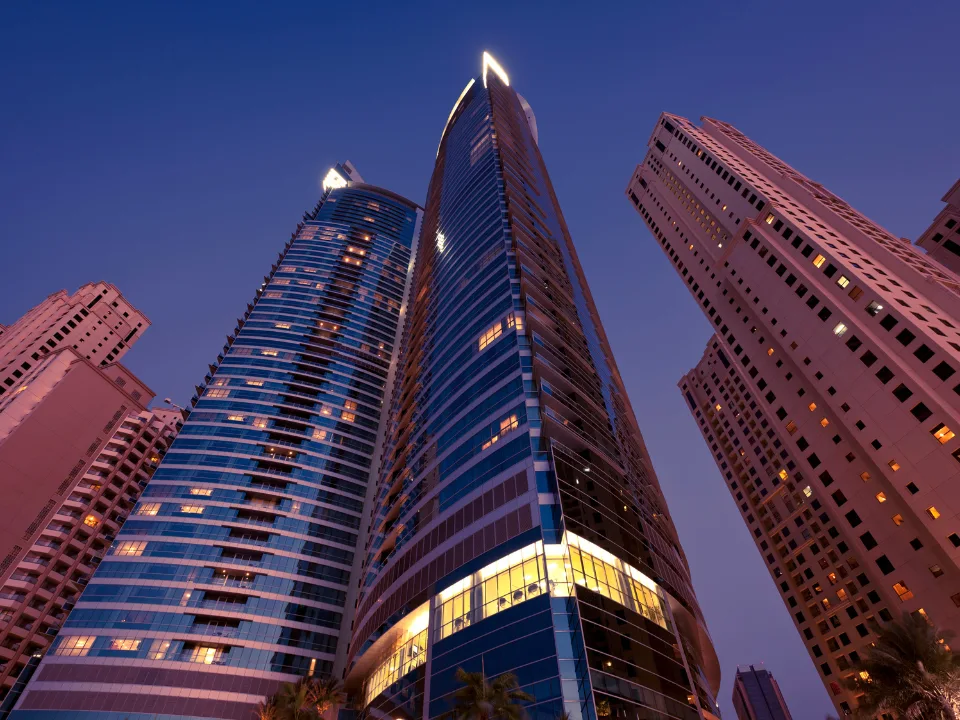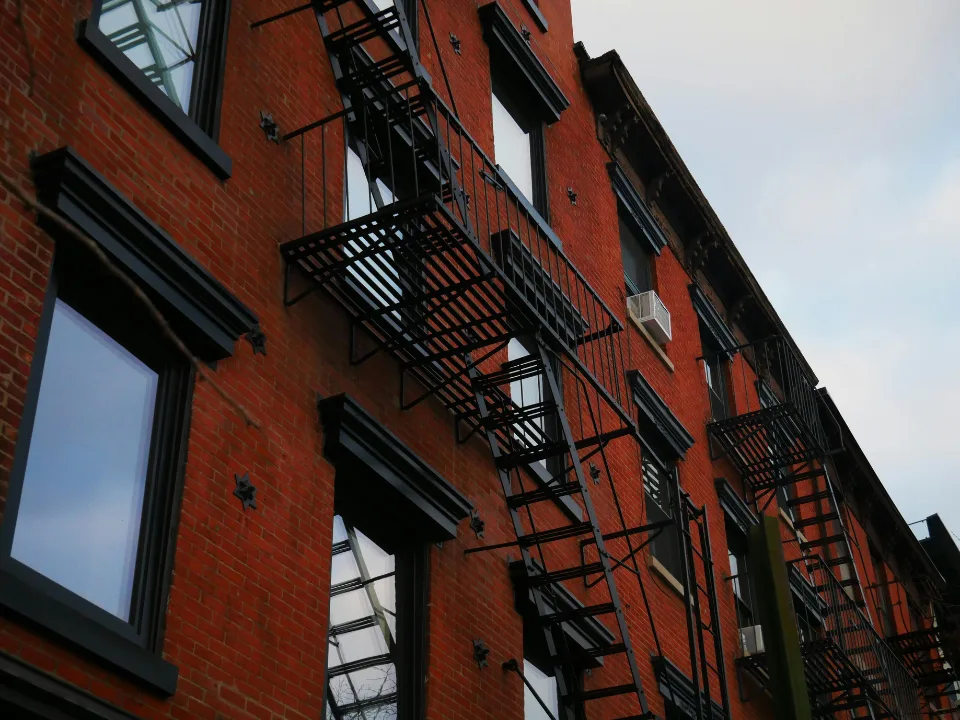- U.S. industrial vacancy rates rose by 30 bps in Q3 to 6.4%, still below the 10-year pre-pandemic average.
- National industrial absorption totaled 96 MSF through the first nine months of 2024, with strong performances in Dallas-Ft. Worth, Houston, Phoenix, and Savannah.
- New leasing activity remains above pre-pandemic levels, with 434 MSF of deals transacted this year.
GlobeSt reports that the U.S. industrial real estate market is on pace to absorb over 100 MSF of space by the end of 2024 despite a rise in vacancy rates during Q3.
By The Numbers
Cushman & Wakefield’s latest report shows the national industrial vacancy rate increased by 30 bps in Q3, reaching 6.4%, but it remains below the 10-year pre-pandemic average of 7%. This rise in vacancies was largely driven by unleased speculative developments.
Jason Price, Senior Director and Head of Logistics and Industrial Research at Cushman & Wakefield noted that while the market is currently experiencing soft but positive absorption, he expects a significant recovery in 2025 as leasing activity picks up alongside improving economic conditions.
Absorption, Leasing Activity
In the third quarter, overall net absorption amounted to 29.5 MSF, down from 45 MSF in Q2 but still an improvement from the 21 MSF seen in Q1. So far, 96 MSF of industrial space have been absorbed in 2024, putting the market on track to surpass 100 MSF by year-end.
The strongest absorption markets include Dallas-Ft. Worth, Houston, Phoenix, and Savannah, while regions like Los Angeles, New Jersey, and Seattle posted negative absorption figures.
Leasing activity also remained robust, with nearly 140 MSF of new leases signed during Q3, marking an increase over the flat performance of a year ago. In total, 434 MSF of leasing activity have been recorded in 2024, with 32 markets experiencing at least a 10% annual increase in new leases.
Supply, Vacancy Developments
For the first time since early 2022, industrial deliveries dropped below 100 MSF in Q3. Most new developments were concentrated in the South and West, particularly in markets like Dallas-Ft. Worth and Phoenix.
Speculative development continues to play a dominant role, which has contributed to the modest uptick in vacancy rates.
At the close of Q3, asking rents for industrial space hit a record high, with the average rate surpassing $10 PSF for the first time, reaching $10.08. The Northeast and South saw the highest annual rent growth, while the West experienced a slight 3.3% drop in asking rents compared to the previous year.
Outlook for 2025
Looking ahead, Price predicts that the industrial market will continue to stabilize, with net absorption expected to double by 2025 as economic conditions improve.
The construction pipeline, now at its lowest level since 2018, with 309.3 MSF under development, is expected to decrease further into 2025 due to fewer construction starts.
Price anticipates demand will reaccelerate in 2H24, supported by stable leasing activity and softer delivery numbers.
